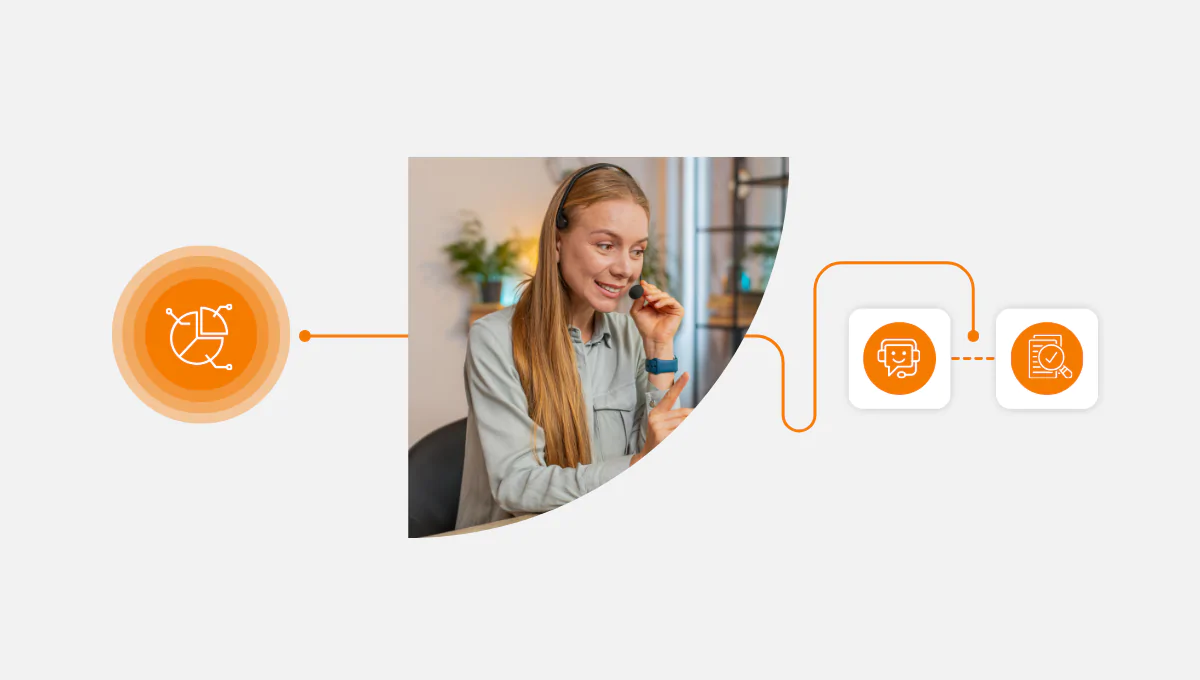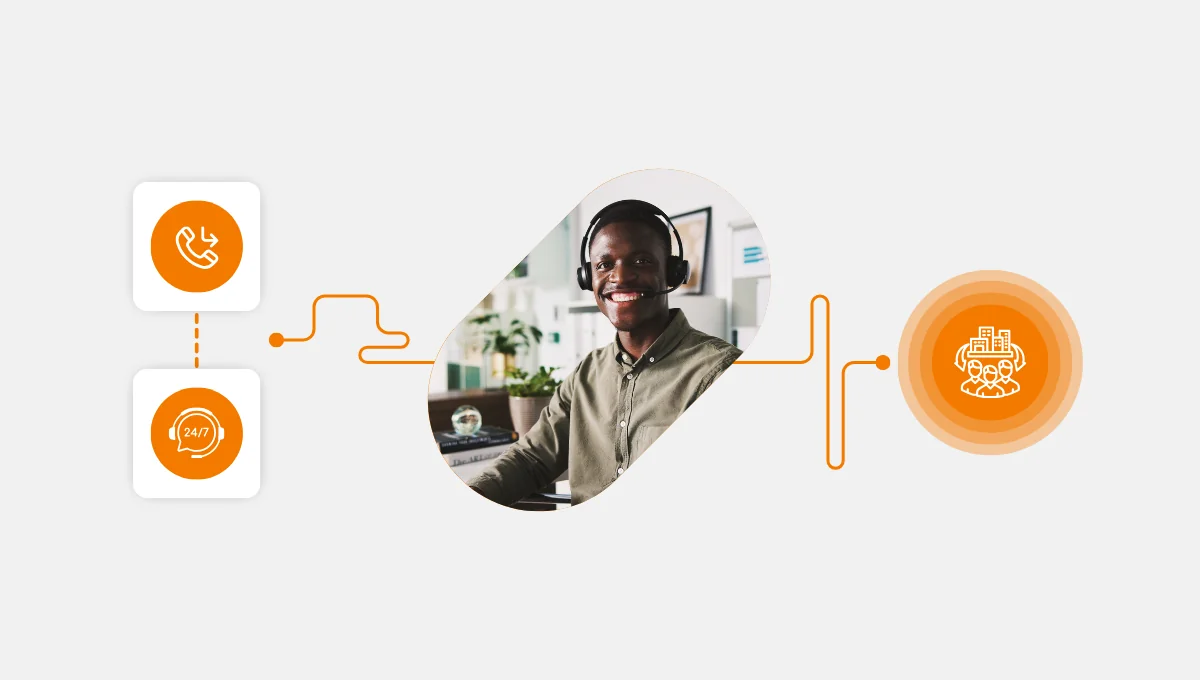81% of reps and 73% of mobile workers say customers expect a personal touch more than they used to.
Yet most brands still rely on outdated, reactive models to resolve issues after something goes wrong. AI-based platforms and predictive CX are the only solutions for them to keep up.
In this blog, we’ll see how smart companies are using AI and analytics to stay one step ahead of customer needs.
Happy Reading🦉
Prediction: You’ll Fall Behind Without Predictive CX
Legacy support tools weren’t built for prediction—they were built for call deflection and ticket resolution. AI is now empowering brands to act on intent and signals before issues even surface.
For instance, with CX Insights by Call Center Studio, businesses can use AI and real-time analysis and detect:
- Sentiment shifts — Imagine a customer who usually rates your support as “Excellent” but suddenly drops to “Okay” or “Poor”. AI detects this mood swing and alerts your team.
- Friction points — Say customers keep abandoning the checkout process right after adding items to their cart. AI flags this as a recurring problem. Maybe your payment gateway is glitchy, or your promo codes aren’t working
- Trends — You notice a spike in support tickets around a new feature. AI identifies this trend and suggests better onboarding content or a guided tour to prevent future tickets and keep users happy.
These capabilities allow teams to design proactive support strategies that:
✔️Make customers feel truly understood
✔️Streamline journeys. Customer Journey Mapping in an Omnichannel Contact Center

Powering Smarter CX with AI and Machine Learning
At the core of this revolution is something truly radical: tech that works.
An AI-powered customer experience framework that leverages
- Deep analytics — Spot patterns like repeated complaints about a feature or product so you can fix issues before they become full-blown problems.
- Automation — Automatically send follow-ups, reminders, or satisfaction surveys at the right moment—no manual work needed.
- Context — Give your agents a full picture of the customer’s history, preferences, and past interactions so they can personalize support instead of starting from scratch.
Under the hood, machine learning in CX enables models to evolve with every new data point and spot patterns a human never could.
Take Spotify. It doesn’t wait for you to say, “Hey, I’m sad.” It reads your listening habits (hello, breakup playlist on repeat) and hits you with “Sad Indie Acoustic” before you even cry into your cereal.
Or look at Netflix—its recommendation engine practically knows your taste better than your best friend. Miss one episode of a thriller series and boom—your homepage is suddenly a parade of murder mysteries.
Yes, it’s a little creepy, but helpful anyway.

Predicting Behavior, Preventing Churn
Imagine spotting a churn risk before the “I’m done with you” email hits your inbox.
That’s the power of customer behavior prediction using:
Intent signals – When a customer repeatedly visits your cancellation page or searches for return policies, it signals dissatisfaction or a potential churn risk.
Historical interactions – If a customer has a pattern of downgrading after contacting support, you can proactively intervene before they reach that stage again.
Behavioral analytics – Maybe they’ve stopped logging in or skipped your last few emails. That drop in engagement? It’s screaming, “I might leave.”
You can see when a customer is slipping away—and take steps to re-engage proactively.
- Travis Perkins reduced customer churn by 54% by using AI and predictive analytics
- Verizon uses generative AI to prevent 100,000 customers from leaving by enhancing the customer service experience.
✔️Remember: Prevention is always cheaper (and more brand-building) than damage control.
Turning Insights into Action
Let’s talk dashboards—aka, where data goes to die.
Unless, of course, you’re using real-time insights from Call Center Studio.😎
Data without action is just noise, and too many CX teams still drown in dashboards with little business impact.
This is where real-time customer insights become operational game-changers. By integrating data-driven CX into frontline workflows, agents are empowered with full context, from emotion scores to lifetime value. They know:
- Who’s calling
- What they need
- How to delight them. Even in seconds, not minutes.
KLM Royal Dutch Airlines use AI to handle customer service across 13 different languages on social media. When someone tweets with a question, the system figures out what they’re asking, routes it to the right person, and even helps craft the reply.
Or take Stitch Fix, the online styling service. They use machine learning to recommend clothes you might like based on previous buys, returns, and even your Pinterest board (yes, that one you forgot you had).
The fact is that companies use AI and personalization strategies to increase revenue by 15%
So yeah, smart CX + machine learning = magic. Or at least less chaos and more “Wow, that was easy.”
The Future Called: It Wants Its CX Back
The age of reactive support is over. Predictive CX, AI, and Machine Learning set the tone of the new age customer communications.
Let’s wrap this up:
- Predictive CX turns support from firefighting to foresight by solving problems before customers even notice them.
- Real-time AI and machine learning make CX smarter, faster, and yes, a little spooky in how well it knows your customers.
- Leading brands are already using smart CX to reduce churn, boost loyalty, and wow their customers effortlessly.
- Try Call Center Studio’s AI Contact Center and AI Tools to start predicting needs, not just reacting to problems.




